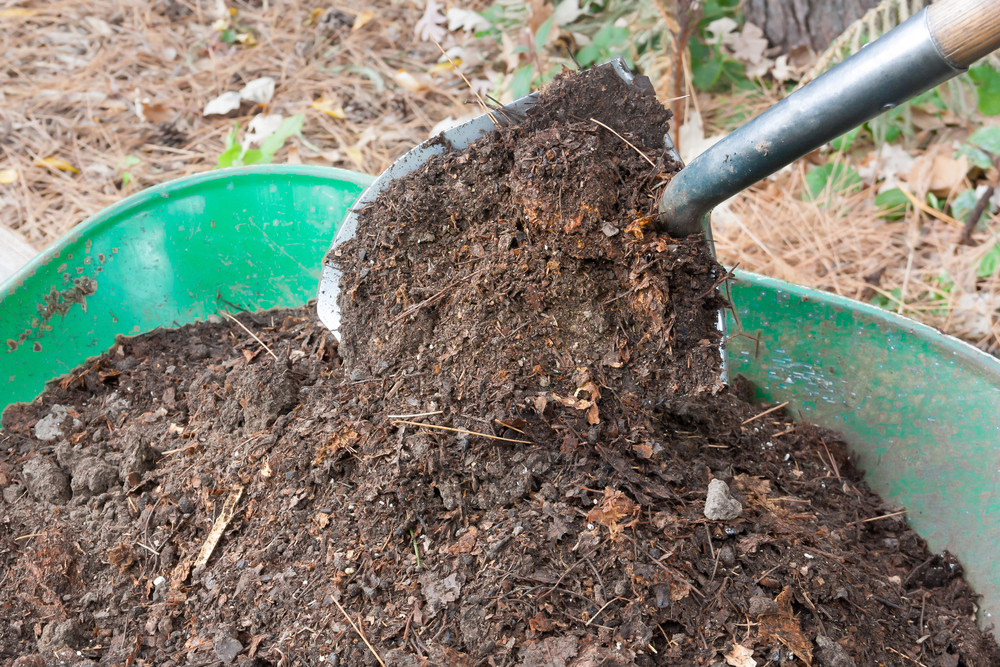Are you interested in giving your landscaping or garden new life? Compost literally does just that. Not only will it rejuvenate soil with a dose of nutrients but compost also brings beneficial bacteria and fungi back into your garden beds or orchards, jump starting your food/soil web into action. These microbes will literally feed nutrients to your plants by converting organic matter present in the soil and compost to plant-available food.
Composting History
Even though compost is widely used these days, not everyone knows that it has been around for centuries. The truth is that civilizations have relied on the ‘black gold’ since before the time of Moses. The Romans and Greeks made and used compost as well as Native Americans and European settlers in North America.
Making Compost on Your Own
Because making compost is fairly easy, it’s something you can do right in your back yard. Collecting vegetable waste from your kitchen is the first step. Next, you’ll want to find a good location, preferably close to where you would like to use the final product. Begin piling your materials. Here are some items that will help make great compost:
- Green, leafy vegetable waste (a source of Nitrogen)
- Egg shells (a source of Calcium)
- Coffee grounds & tea bags
- Unbleached paper products (toilet paper tubes, egg cartons, etc.)
- Lawn clippings
- Leaves and twigs
*Do NOT add anything to your compost that has pesticides or chemicals
The Composting Process
As your waste materials begin to accumulate, bacteria and fungi that are present in the environment will start the break down process. Because bacteria need carbon to process all the Nitrogen (wet, green materials), you may need to add dry materials like unbleached paper products, cardboard or twigs and dry leaves to keep the Carbon to Nitrogen ratio in the appropriate place. Most sources agree that a proper C:N ratio should be roughly 25:1. When you have achieved the appropriate balance, your pile will begin to heat up. The center of your pile may hit temperatures as high as 150 degrees as bacteria multiply rapidly and feast on the organic waste you have collected.
The bacteria that you want to be present in your pile are aerobic meaning that they function in the presence of oxygen. Because of this, you’ll want to ‘turn’ your pile every couple of days using a pitch fork or shovel to re-introduce oxygen to the middle. Simply dig into the pile, rotating the contents from the center and bottom of the pile to the top. It takes some effort but will keep the decomposition process chugging along.
You’ll need to turn your pile regularly for a few weeks and then occasionally for another month or two as the materials continue to break down. A great resource for more detailed information of the composting process can be found at HowToCompost.org.
Getting a Composting Headstart
If the whole process of composting is beginning to sound a little daunting or you are wondering how you will find the time and energy to bring compost into your garden, never fear! Because compost is widely accepted as an amazing soil amendment, many commercial products are widely available. Saunders Landscape Supply will not only suggest the best compost for your needs, we will also offer free delivery, all you need to do is contact us.

